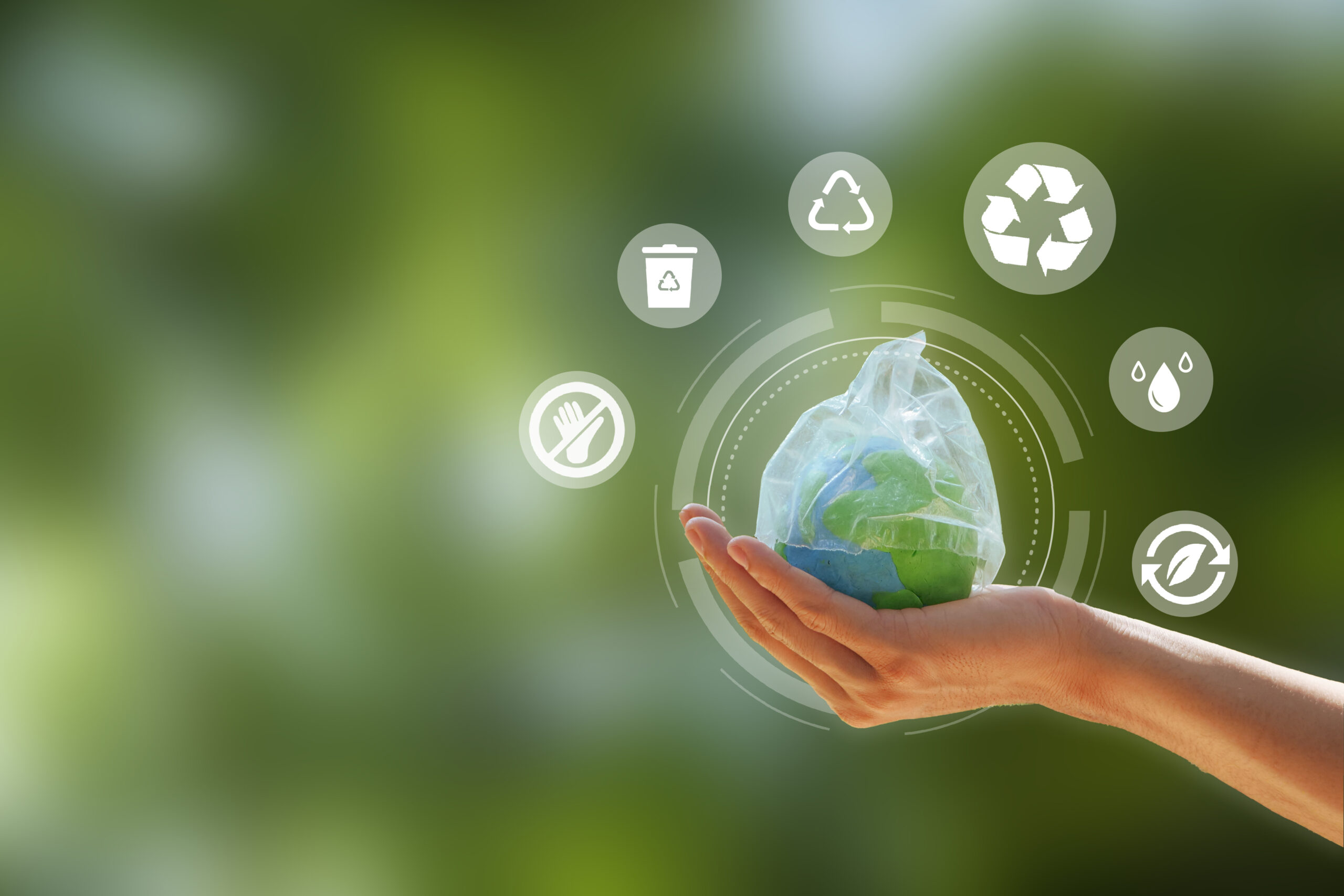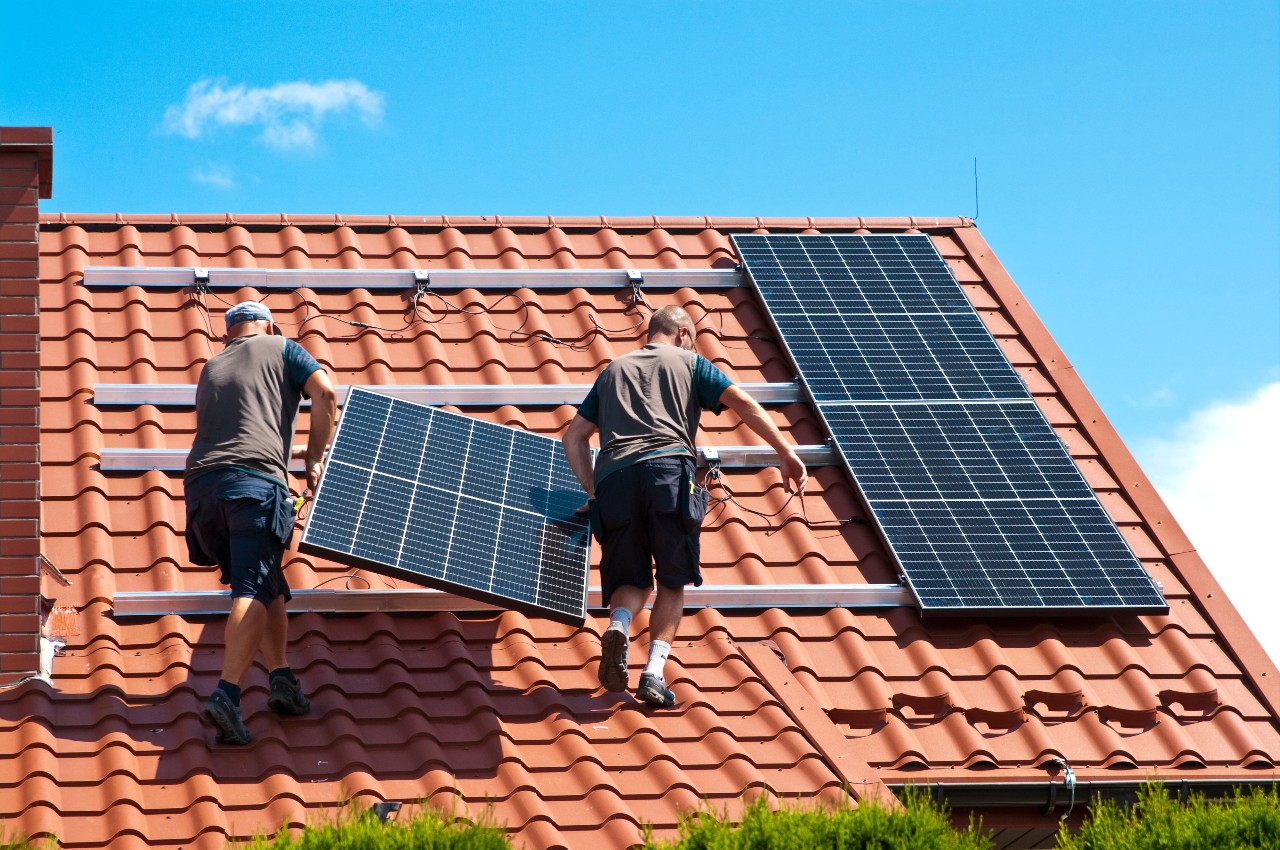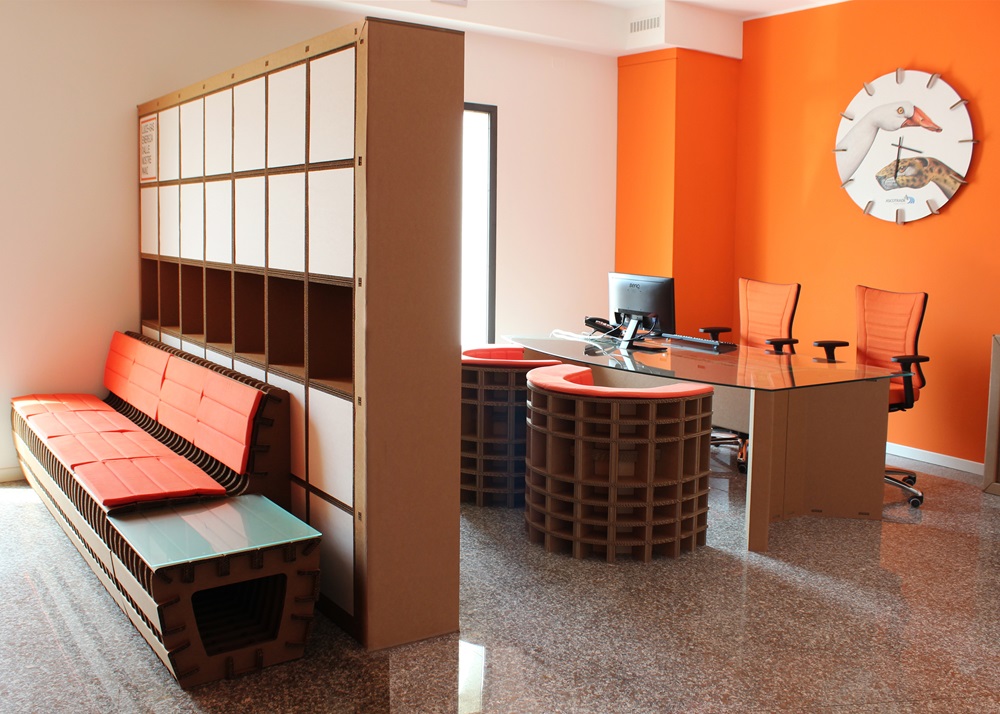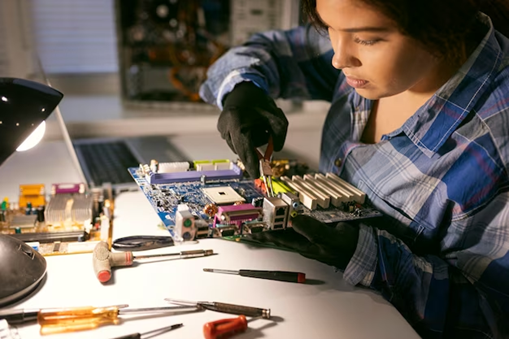Are Solar Panels Recyclable? Addressing the Big PV Waste Problem
When it comes to solar panel recycling, the reality is much more complicated than just taking them apart and reusing their components. The recycling process in action at present is not very efficient, and not to mention, the cost of material recovery is exorbitant. At that price point, it is understandable if you rather go for new panels altogether.
But there are a few incentives to optimize solar panel recycling- lessening the environmental impact of manufacturing emissions, reducing costs, and keeping toxic e-waste away from landfills. With the rapid rate of solar technology expansion, appropriate solar panel disposal and recycling have become integral parts of the solar energy market.
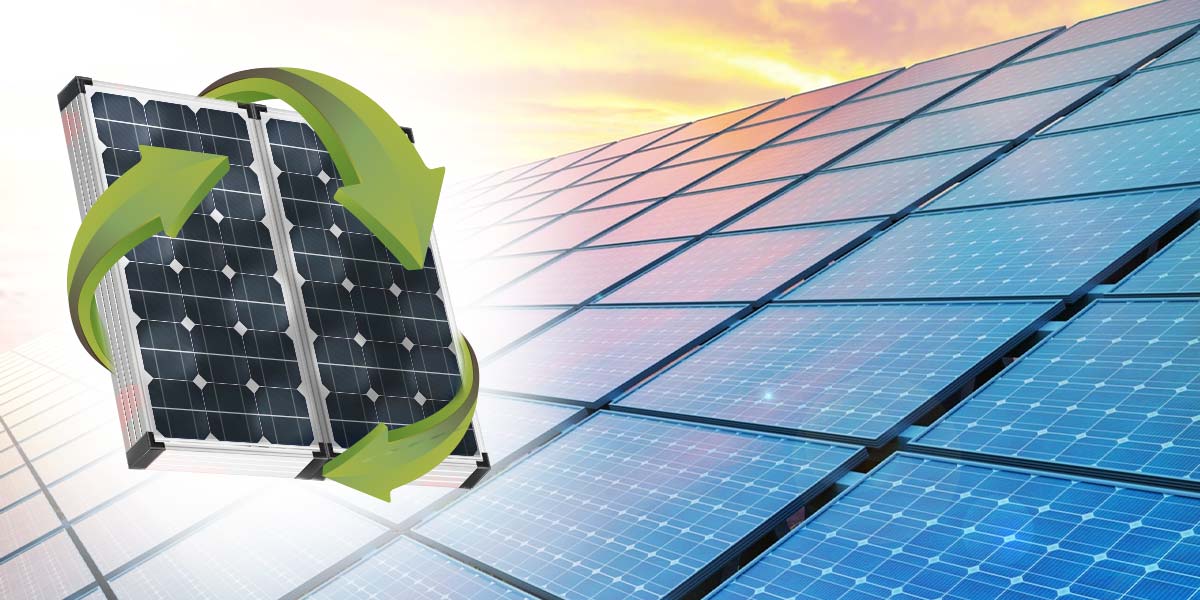
What are Solar Panels Made Of?
Silicon based solar panels
Are solar panels recyclable?
The answer depends on what your solar panels are made of. For that, you must have some idea about the 2 primary types of solar panels. Silicon is by far the most common semiconductor used in the making of solar cells. Representing no less than 95% of the modules sold so far, it is the 2nd most abundant material found on Earth, followed by oxygen.
Crystalline silicon cells are made from silicon atoms that are connected to one another in the form of a crystal lattice. This lattice offers an organized structure, making the conversion of light into electricity much more efficient.
Solar cells made from silicon offer a combination of low cost, high efficiency, and longevity as modules are predicted to last for 25 years and more, producing more than 80% of the original power.
Thin film solar panels
Thin-film solar cells are made by depositing thin layers of PV material on some supporting material like plastic, glass, or metal. There are 2 primary types of thin-film PV semiconductors: copper indium gallium diselenide (CIGS) and cadmium telluride (CdTe). Both of them can be deposited directly onto the front or the back of the module’s surface.
CdTe happens to be the second-most common PV material right after silicon, and its cells can be made with low-cost manufacturing processes. The catch is that their efficiencies aren’t quite as high as the good ol’ silicon. As for CIGS cells, they have optimal properties for a PV material coupled with high efficiencies in the lab, but the complexity of combining 4 elements makes the transition right from the lab to the manufacturing stage more challenging.
CdTe and CIGS both require more protection in contrast to silicon to ensure long-lasting operations.
How Long Do Solar Panels Last?
Most residential solar panels last for no less than 25 years before starting to degrade noticeably. Even after 25 years, your panels ought to pump out electricity at 80% of its original rate. So, your solar panels will continue converting sunlight into solar energy, just with reduced efficiency over time.
It is quite unheard of for solar panels to stop working completely, but note that the degradation can often be significant enough to consider a replacement. Aside from time-based functional degradation, there are other factors too that may affect solar panel efficiency.
At the end of the day, the longer your solar panels generate electricity effectively, the more money you save.
PV Waste – A Look at the Numbers
According to Recycle PV Solar’s Sam Vanderhoof, right now 10% of solar panels are being recycled, with 90% going to landfills. The number is expected to balance out, as new technological leaps are being made in the domain of solar panel recycling.
Here are some figures to consider:
- Nearly 78 million tons of solar panel waste is predicted to be generated by the top 5 countries by 2050
- Recycling a solar panel costs between $15 to $45 dollars
- Solar panel disposal in non-hazardous waste landfills costs nearly $1
- Disposing in hazardous waste landfills can cost around $5
- By the year 2030, the materials recovered from solar panels might be worth about 450 million dollar
- By the year 2050, the value of all recovered materials might exceed 15 billion dollars
Solar adoption keeps growing and it is not in the distant future that all newly constructed homes will have solar panels. Recovering valuable materials from solar panels, including silver and silicon, calls for bespoke solar panel recycling solutions.
And the failure to develop those solutions coupled with policies supporting their widespread adoption, can be a sure-shot recipe to disaster.
Can Solar Panels be Recycled?
Solar panels are usually made of materials that are either recyclable or reusable. Components such as glass and specific metals make up about 80% of the solar panels’ mass, and are relatively easy to recover. Similarly, polymers and electronic components in solar panels can also be recycled.
But the reality of solar panel recycling is more complicated than just taking them apart and reusing their components. The recycling processes at work right now are not very efficient. This means recovering the materials can cost more than manufacturing a new panel.
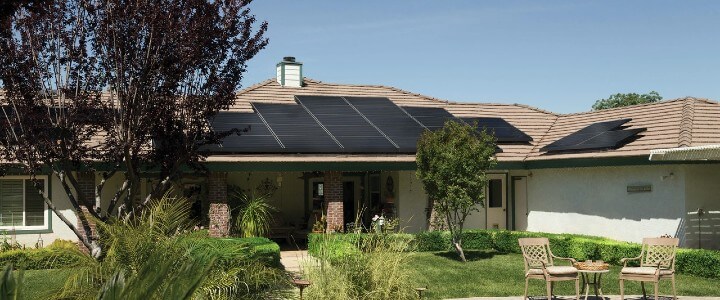
The Concern of Complex Mix of Materials
Nearly 95% of the solar panels sold today are made of crystalline silicon, with PV cells made of silicon semiconductors. They are designed to withstand the base elements for decades. Solar panels are made of interconnected PV cells encapsulated in plastic and then sandwiched between glass and backsheets.
A typical panel consists of a metal frame, typically aluminum and external copper wiring.
Crystalline silicon panels are made mostly of glass, but they also include silicon, copper, traces of silver, tin, lead, plastic, and aluminum.
While solar panel recycling companies can separate the aluminum frame and the external copper wires, the PV cells are encapsulated in layers and layers of ethylene vinyl acetate (EVA) plastic and then bonded to the glass. So, additional processes are required to recover the silver, high-purity silicon, and copper in silicon wafers.
How Are Solar Panels Recycled?
If you are wondering how they recycle solar panels, there is a method to this madness. Plastic, glass, and metal- the essential components of a solar panel- can be recycled independently but within a functional solar panel, these materials combine to form a single product.
So, the real challenge is in separating the components to recycle them efficiently, while also addressing the silicon cells that require more specialized recycling procedures.
Regardless of the kind of panel, the junction box, the cable, and the frame must be removed before anything else. Panels composed of silicon are often shredded or crushed, and the materials are mechanically separated to be sent to different recycling processes, based on the kind of material.
In some cases, a chemical separation called delamination is required to remove the polymer layer from the semiconductor and glass material.
Components such as copper, silver, aluminum, silicon, insulated cable, glass, and silicon can be mechanically or chemically separated as well as recycled, but recycling CdTe solar panel components is a bit more complicated than those made of just silicon. It involves physical and chemical separation, followed by metal precipitation.
Other processes involve thermally burning polymers or cutting the components apart. The “hot knife” technology can separate the glass from solar cells by slicing through panels with long steel blades heated to 356 to 392 degrees F.
Prominent Solar Recycling Companies in the US
We Recycle Solar
With a large solar panel recycling plant located in Yuma, Arizona, and a smaller one in New York City, We Recycle Solar was launched 5 years ago. They are recycling thousands of panels every week, with material from homes, businesses, as well as solar farms.
We Recycle Solar strives to remove the aluminum frame and wiring before shredding the panels. The shredded mix undergoes secondary chemical processing, electrolysis, along with an additional process to separate the silicon, metals, and glass for successful shipments to downstream processors.
ERI
Based in Fresno, California, ERI processes all kinds of solar panels for Redwood Materials, a Carson City, Nevada-based startup that targets the recovery of valuable metals from solar panel batteries.
In April, ERI declared a partnership through which processors will send its recovered batteries and shredded solar panel scraps to Redwood Materials. Redwood has invested a substantial sum in ERI.
ERI has been working on R&D for solar panel recycling for about 3 years. After removing the aluminum frames, ERI reduces the sizes of the panels in modified shredders. Shredding and separating the glass from the metals-bearing materials while still avoiding unnecessary emissions is at the core of the process.
The remaining shredded balls of metals-bearing material are shipped to Redwood, which then uses its technology to successfully separate metals like copper, silver, and lead.
Echo Environmental
Yet another e-scrap company that processes solar panels is Echo Environmental which operates a 166,000 square-foot recycling and reuse facility located in Carrollton, Texas, close to Dallas. They receive no less than a million-plus pounds of solar panels every year from manufacturers and others. The crew first removes the aluminum frame and then clips off wires for recycling.
Echo then proceeds to shred the modules prior to using a milling process to successfully separate a portion of clean glass, which is then sold for use in the fiberglass insulation as well as the reflective paint process.
The residual metals-bearing material is then mixed into shredded circuits boards from electronics before being shipped for smelting.
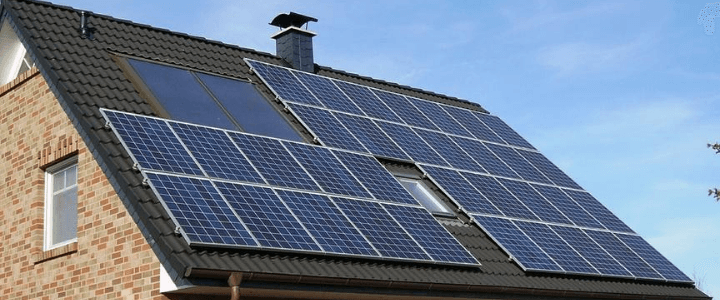
The Importance of Second Generation Solar Panel Market in Reducing PV Waste
Refurbished solar panels are sold at much cheaper prices than new ones, and this contributes heavily to the reduction of solar waste. The primary advantage is the low cost of manufacturing and the raw materials, owing to the limited amount of semiconductor material required for the cells.
Jay Granat, Owner of Jay’s Energy Equipment explains “non-shattered panels always have someone who’s willing to buy them and put them back into use somewhere in the world”. For solar panels with efficiency that’s comparable to new solar panels and a discounted price, second-generation solar panels are an attractive market as far as PV waste reduction is concerned.
Closing Thoughts
The bottomline is, when it comes to solar panel recycling, it is not an easy task and a lot of complications are involved in the process. But that does not mean we get to ignore PV recycling and let them go to waste in landfills. If not for anything, we ought to be more environmentally-conscious about solar panel recycling solely because of selfish reasons. We will be looking after our sustenance in the long run by being sincere about solar panel disposal.


